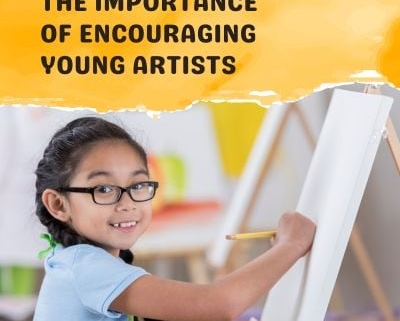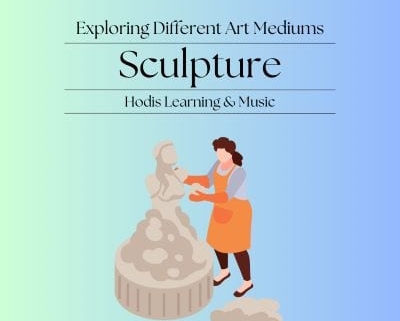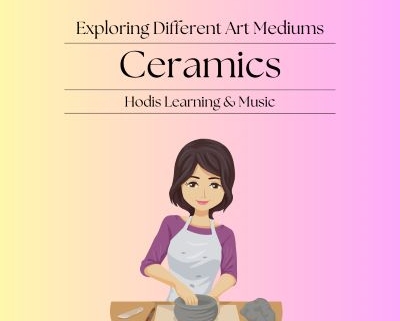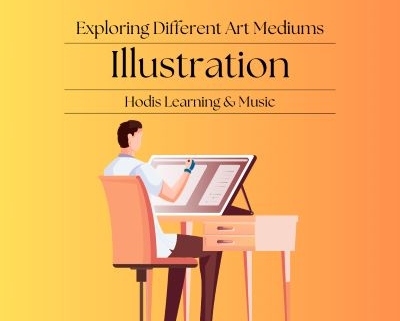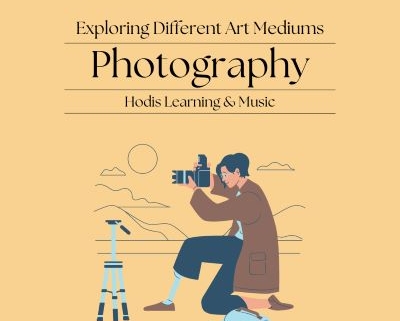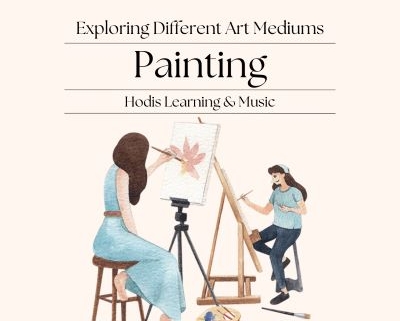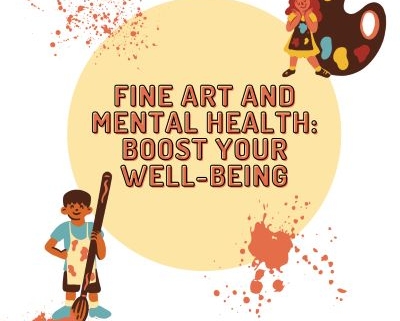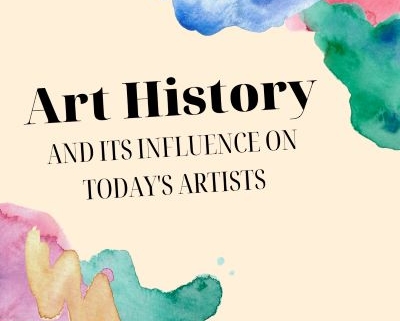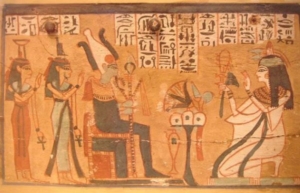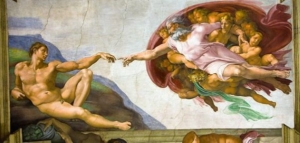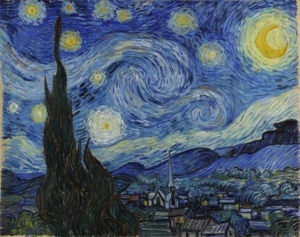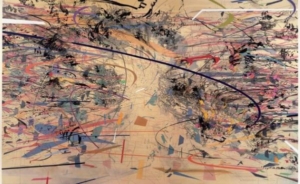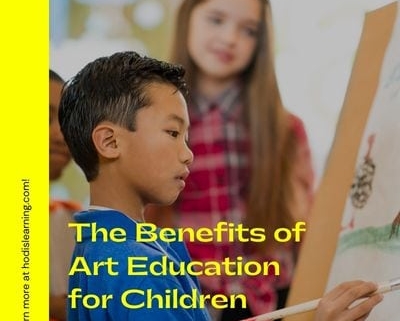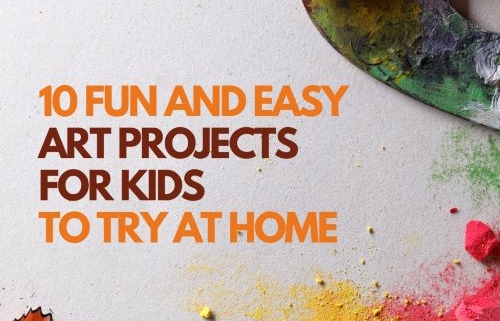For young artists, creating is a chance to express creativity and try new things. In this digital age, art can also be a welcome break from screens. If your child loves art, it’s important to encourage them and help them grow as artists.
Why You Should Encourage Young Artists
- It Helps Them Develop Confidence: As young artists continue to create, they’ll feel more confident in their abilities. This self confidence, even at a young age, carries into how they interact with peers, family members, and teachers.
- It Helps Them Learn Commitment: It’s important that kids from a young age learn the importance of commitment and follow through. As they progress through school and life, tasks take more time, learning new skills doesn’t happen in a day, and there will be times when they might feel like giving up. Encouraging your young artist to create and finish their art teaches them how to follow through when they set their mind to something and commit to projects.
- Art Is An Emotional Outlet: Art is also a way for children to express how they are feeling. Feelings and emotions that they might not know how to verbalize can come through in art. This can be therapeutic for processing and later identifying their emotions. It’s also healthy for children to get out negative emotions through a productive, safe activity.
- Art Is Calming: Art can be incredibly relaxing for active young children. It’s a chance for them to slow down, think, and create.
How You Can Encourage Young Artists
- Ask Them About Their Art: Show your interest in their work. This is also a good chance to bond with your young artist and maybe understand more about their feelings if they are using their art as an emotional outlet.
- Display Their Work: Displaying their work also shows your interest. It can be a source of pride for your young artist and hopefully encourages them to create more. It can also be a chance for them to see their progress.
- Set Aside Designated Time: Build art into your child’s regular schedule. Perhaps that’s a few times a week or every day. This gives your child something to look forward to and lets them know their art is worth focusing on.
- Use Art As Positive Motivation: Art time can be a source of motivation for a child to finish homework or chores. It’s a positive activity that they can work towards and look forward to.
- Sign Them Up For Lessons: Art lessons with a professional teacher can help your young artist improve their skills and even learn new mediums like painting or sculpture. It can also be a way to set aside designated time for them to work on their art, especially if you as a parent don’t have time to sit with them.
Expert, 1-on-1 Art Lessons
At Hodis Learning & Music, we provide art instruction for all ages and skill levels. Lessons are tailored to your student’s needs and skill level and take place conveniently in your home. Best of all, our rates are affordable and lessons can take place as frequently as you’d like. Schedule sessions for once a week or a couple times a month!

